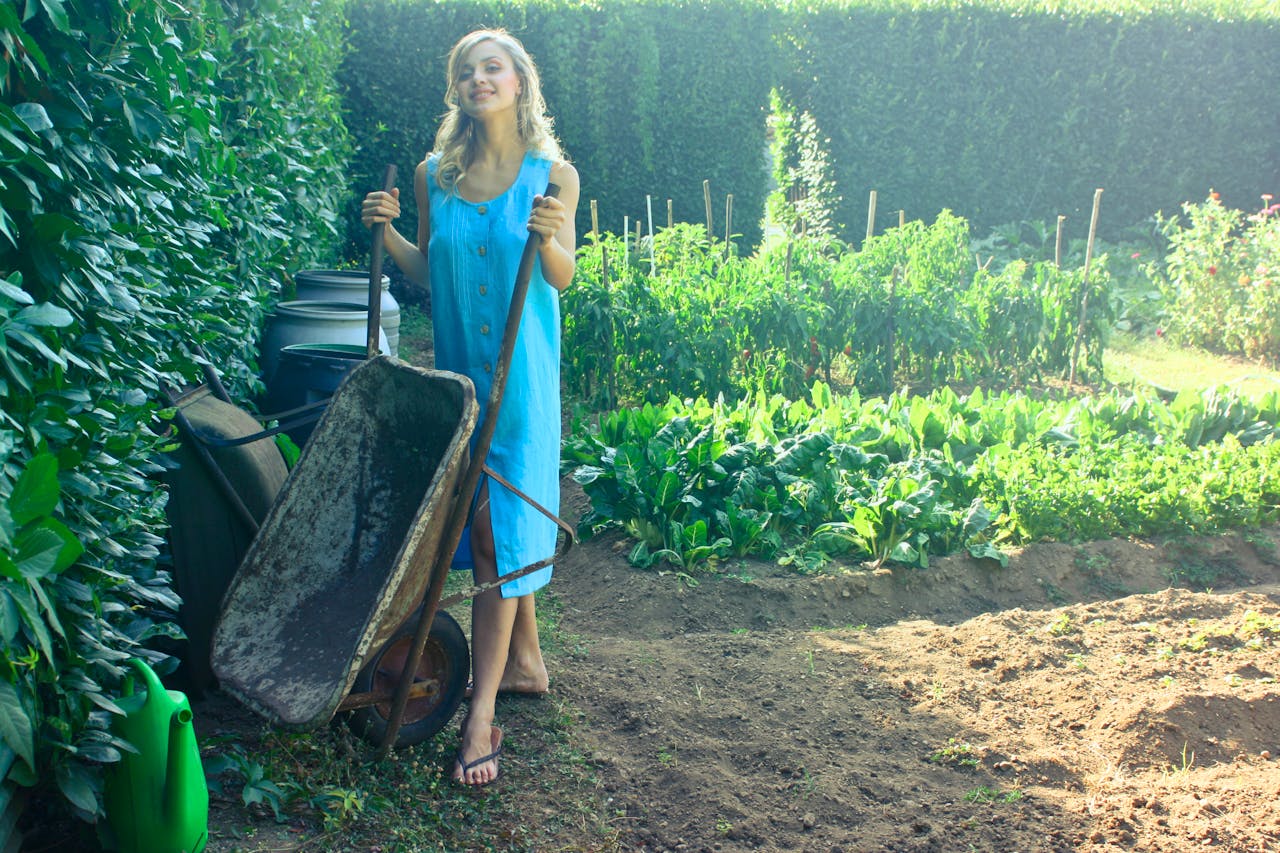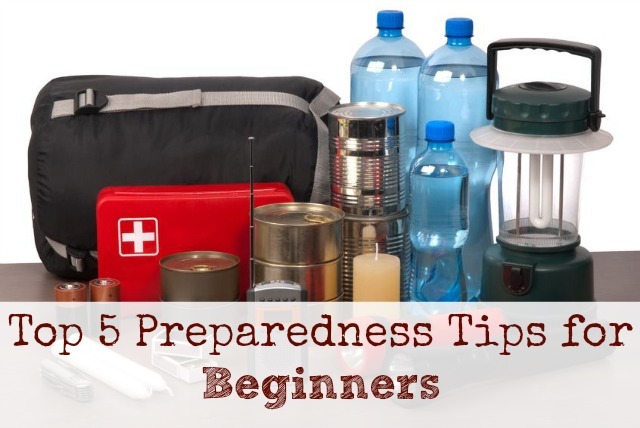Homesteading on a Budget: Essential Tips for Frugal Living

Homesteading is more than just a lifestyle—it’s a journey toward self-sufficiency and sustainability. But let’s face it, starting and maintaining a homestead can feel financially daunting. Fortunately, homesteading doesn’t have to break the bank. With the right mindset and a few strategic tips, you can embrace this rewarding way of life without emptying your wallet.
This guide will walk you through practical strategies to homestead on a budget, from optimizing your resources to embracing DIY projects, frugal gardening, and more. Whether you’re a seasoned homesteader or just starting out, these tips will help you achieve a fulfilling, cost-effective lifestyle.
1. Assess Your Current Resources
The first step to frugal homesteading is to evaluate what you already have. This helps you avoid unnecessary purchases and make the most of your existing assets.
Inventory Your Skills and Knowledge
Think about your current skills. Can you sew, repair items, or grow plants? Basic abilities like cooking from scratch or using tools are incredibly useful in homesteading. Write these down—you may be surprised by how much you already know. Skills you’ve picked up in everyday life, like budgeting or organizing, can also be adapted to homesteading tasks.
Don’t worry if your skills seem limited. Many essential homesteading skills, like carpentry, food preservation, and animal care, can be learned over time. Seek out free online resources, community workshops, or even mentors in your local area to help you grow.
Evaluate Your Property
Your property is your homestead’s foundation. Start by assessing factors like soil quality, water access, and sunlight exposure. Map out areas where you could grow a garden, raise animals, or set up water collection systems. Don’t forget to note existing resources like mature trees for shade or natural barriers for wind protection.
DIY soil test kits are affordable and can help you determine your soil’s fertility. If improvements are needed, compost and other organic amendments are cost-effective ways to revitalize the land.
Check Local Laws
Local zoning laws and regulations can affect your homesteading activities, especially if you’re raising livestock or building structures. Check these early to avoid costly fines or setbacks. For example, some areas restrict the number or types of animals you can keep, while others may require permits for water collection systems.
2. Master Budget-Friendly Gardening Techniques
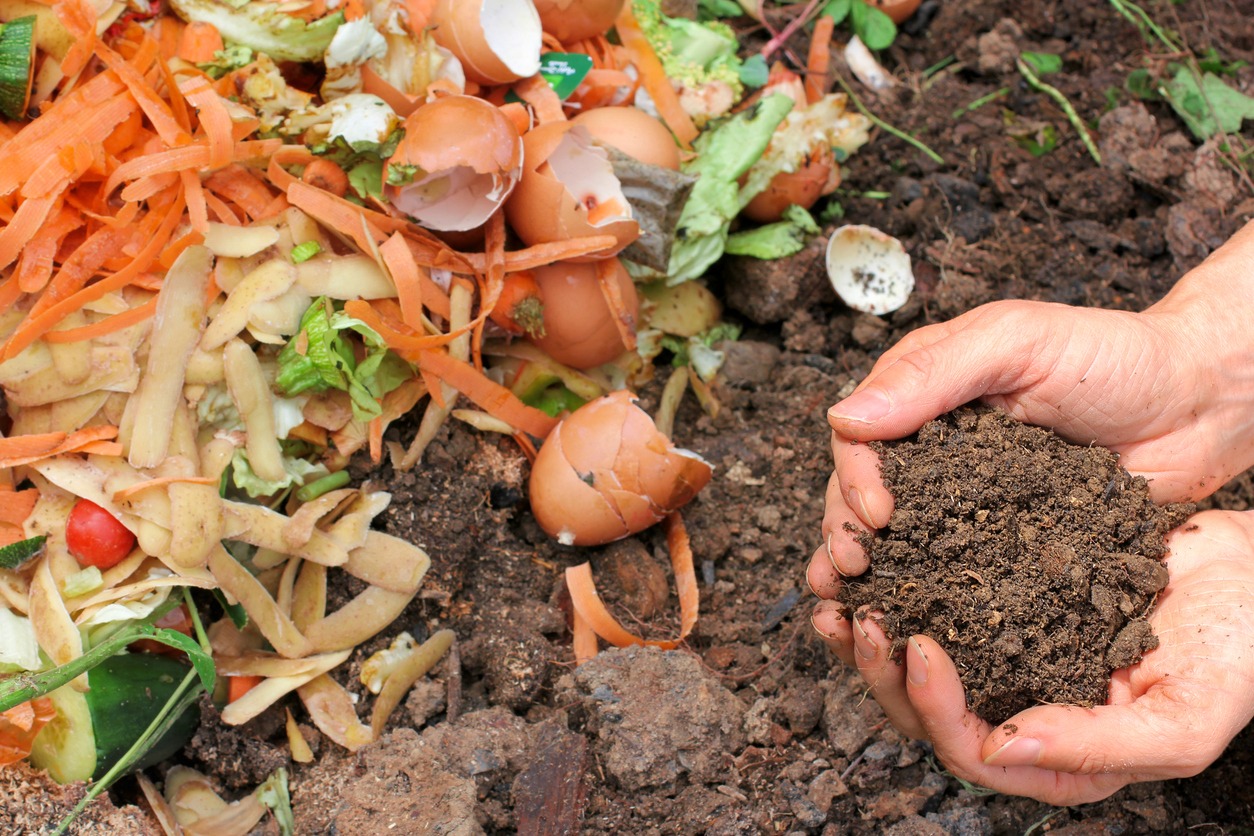
Gardening is the cornerstone of most homesteads, and growing your own food is one of the most cost-effective ways to reduce your grocery bill.
Start Small and Grow Gradually
While it’s tempting to create a large garden right away, starting small is more practical and budget-friendly. Use container gardening or dedicate a small plot to easy-to-grow crops like tomatoes, zucchini, and lettuce. As you gain confidence, you can expand your garden without wasting money on unused supplies or overproducing crops you can’t manage.
Look for free or inexpensive gardening tools from thrift stores or online marketplaces. Often, you can find high-quality tools for a fraction of the cost.
Compost for Free Fertilizer
Skip the expensive fertilizers and create your own compost. A compost pile can recycle food scraps, yard waste, and even paper products into nutrient-rich soil. Vermicomposting (using worms) is another excellent option, especially for those with limited outdoor space. Composting not only reduces waste but also saves money in the long run.
Save and Reuse Seeds
Heirloom seeds are an upfront investment that pays off yearly. By saving seeds from your plants, you can create a sustainable, no-cost cycle for future planting. Many local gardening groups or seed exchanges offer free or affordable seed options to help you get started.
3. Integrate Livestock for Sustainability
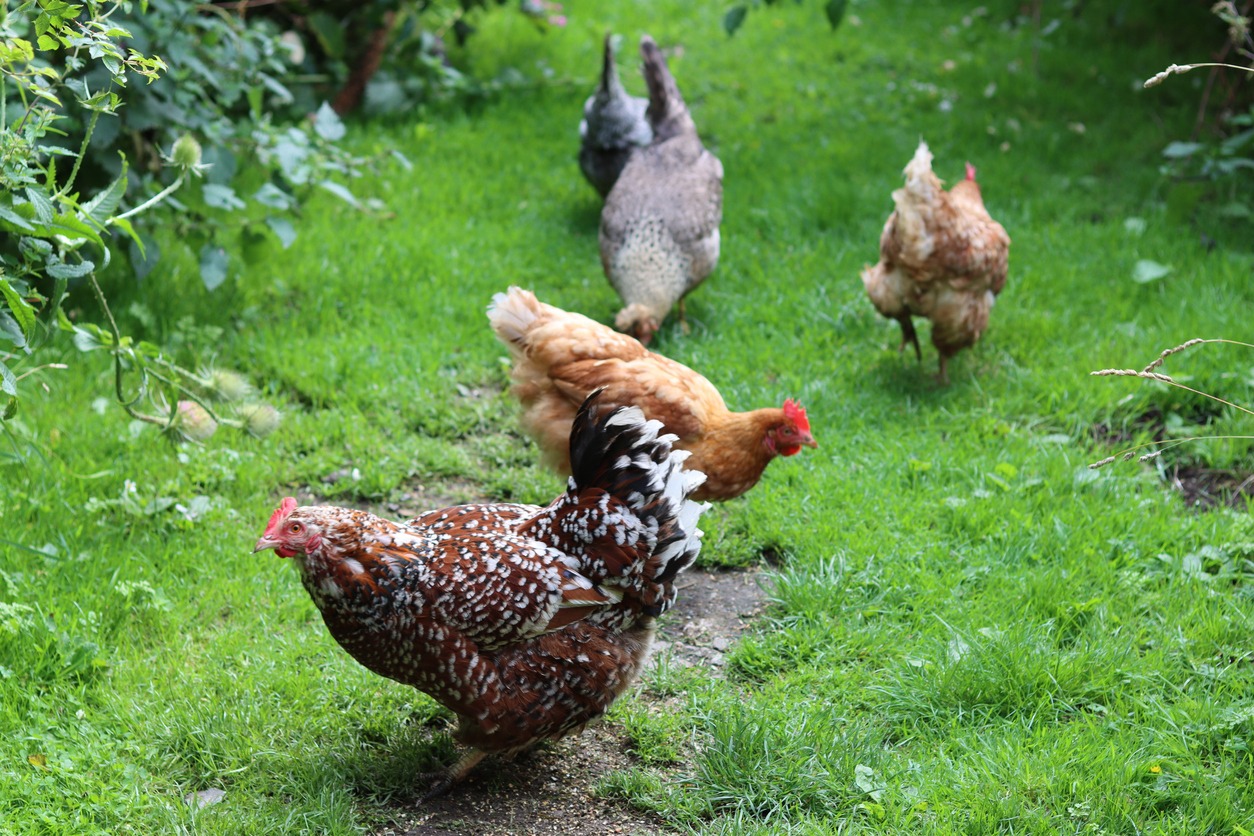
Adding livestock to your homestead can provide food, fertilizer, and even pest control, but it’s essential to start small and plan carefully to keep costs manageable.
Choose Beginner-Friendly Livestock
Chickens are an excellent choice for beginners. They’re inexpensive to raise and provide fresh eggs, meat, and natural pest control. Rabbits are another low-maintenance option for meat and fur. For those with more space, goats can supply milk, meat, and weed control, while honeybees offer honey and pollination benefits.
DIY Housing and Feed
Instead of buying pre-made coops or hutches, build your own using salvaged materials like pallets or scrap wood. This not only saves money but also gives you the chance to customize housing to suit your space.
For feeding, supplement commercial feed with kitchen scraps, garden waste, or forage from your property. This reduces costs and ensures your animals have a varied diet.
Weigh the Costs and Benefits
While livestock can bring many benefits, they’re not without expenses. Calculate the cost of feed, bedding, and veterinary care before committing. Ensure the outputs—like eggs, milk, or meat—align with your budget and homesteading goals.
4. Embrace DIY and Skill-Building
Developing DIY skills is a game-changer for frugal homesteaders. The more you can do yourself, the less you’ll need to spend on outside help.
Start with Basic Projects
Simple DIY projects like repairing fences, building raised garden beds, or sewing clothes can save you significant money. Don’t be afraid to start small—each project builds confidence and skill.
Learn Through Affordable Resources
Free YouTube tutorials, community workshops, and library books are excellent places to learn skills like carpentry, plumbing, and crafting. Many areas also offer tool-sharing programs, where you can borrow tools instead of buying them.
Repurpose and Repair
Salvaging materials and repairing broken items can drastically reduce expenses. Old furniture, barrels, or pallets can be transformed into functional items like storage, animal housing, or even garden benches.
5. Optimize Energy and Water Usage
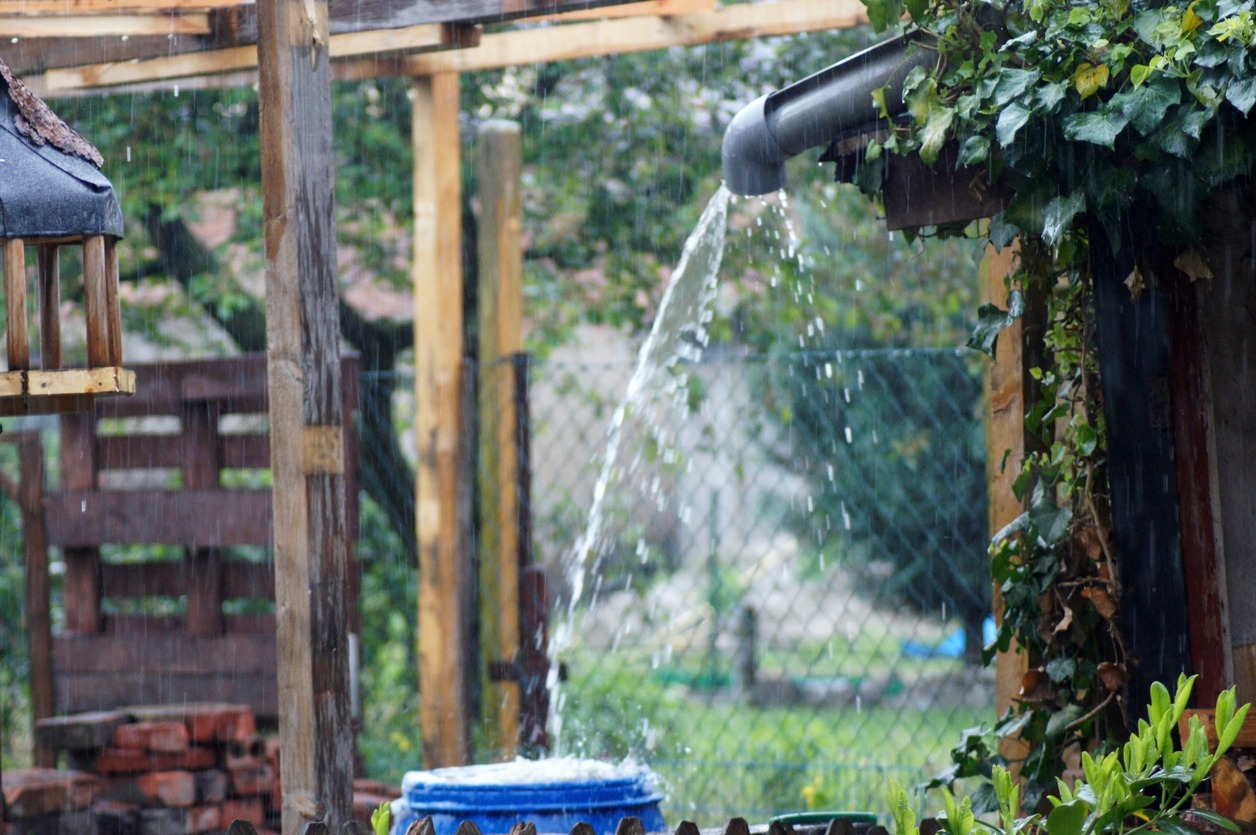
Utility bills can quickly add up, but optimizing your energy and water use can lead to significant savings over time.
Energy-Saving Hacks
Switch to energy-efficient light bulbs and appliances to reduce electricity usage. Seal air leaks around windows and doors to improve insulation and lower heating and cooling costs. A programmable thermostat can help you optimize your energy consumption throughout the day.
Harvest Rainwater
Rainwater collection systems are a cost-effective way to irrigate your garden. Rain barrels are easy to install, and the water they collect can be used for plants or cleaning outdoor tools.
Recycle Greywater
Greywater systems allow you to reuse water from sinks, showers, or laundry for irrigation. While installation requires some upfront effort, the long-term savings make it worthwhile.
6. Explore Bartering and Community Engagement
Homesteading isn’t just about self-sufficiency—it’s also about building strong, supportive connections with others.
Barter for Goods and Services
Trading surplus goods or skills with neighbors is an excellent way to save money. For example, you might trade fresh eggs for handmade soap or offer your gardening expertise in exchange for carpentry work.
Join Local Groups
Local homesteading groups, farmers’ markets, and community-supported agriculture (CSA) programs provide opportunities to connect with like-minded individuals. These relationships can lead to resource-sharing, knowledge exchange, and even free supplies.
7. Adopt Frugal Food Strategies

Food can be one of the biggest expenses for homesteaders, but there are plenty of ways to minimize costs while maximizing quality.
Preserve Your Harvest
Extend the life of your produce by canning, freezing, or dehydrating it. For instance, canning tomatoes ensures you have sauce all year long, while freezing berries lets you enjoy summer’s sweetness even in the winter.
Make Your Own Staples
Items like bread, yogurt, and condiments are much cheaper—and often healthier—when made at home. Batch cooking and meal prepping can save time and reduce the temptation to eat out.
8. Maximize Second-Hand Purchases and Repurposing
Homesteaders excel at turning “trash” into treasure. Buying used or repurposing materials is a cornerstone of frugal living.
Shop Smart
Thrift stores, online marketplaces, and garage sales are goldmines for homesteading tools, furniture, and appliances. Look for quality items at a fraction of their retail price.
Repurpose with Creativity
Old items like wooden crates, tires, or furniture can be transformed into garden beds, storage containers, or even decor. This reduces waste and adds personality to your homestead.
Conclusion
Homesteading on a budget is not only possible but also incredibly rewarding. By assessing your resources, embracing DIY, connecting with your community, and adopting frugal strategies, you can build a sustainable lifestyle that aligns with your financial goals.
Remember, every small step matters. Whether you’re planting your first seeds, building a chicken coop, or learning to make bread, the journey toward a cost-effective homestead begins with a single decision. Why not start today?


